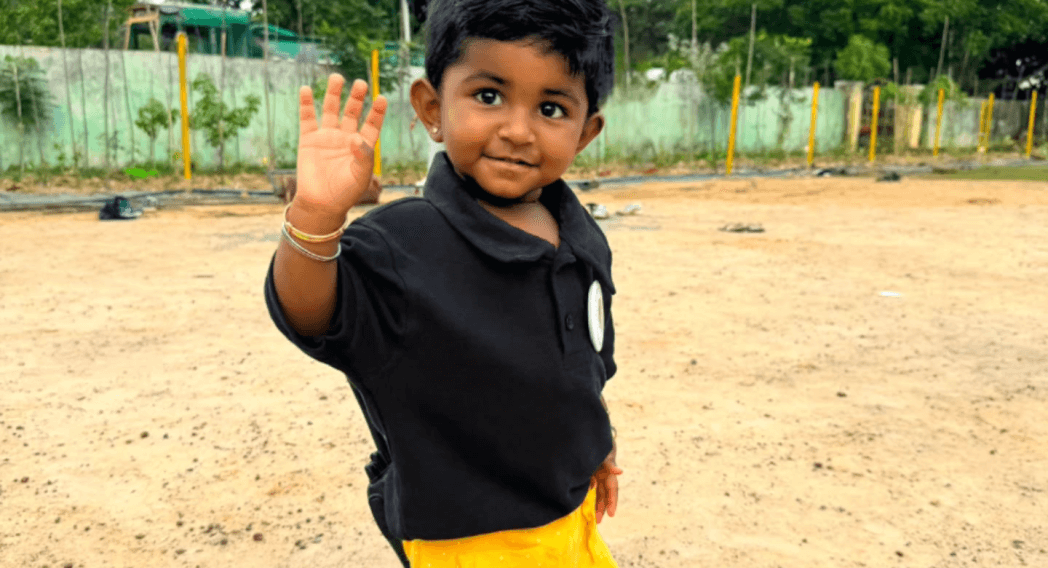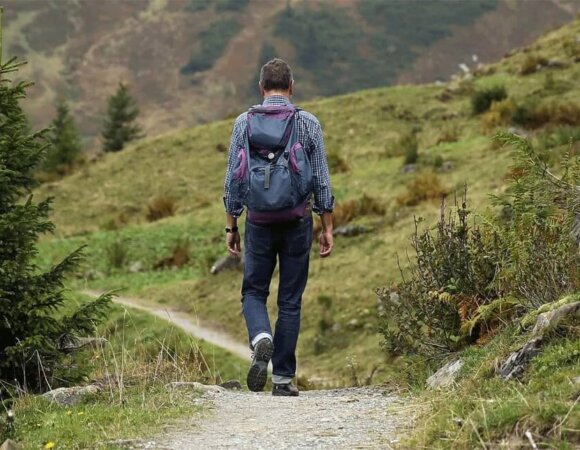Aadavi: The World’s First Carbon-Neutral Baby
Here is the story of Aadavi: The World’s First Carbon-Neutral Baby
Table of Contents
ToggleIn an era where climate change has become a pressing concern, every small step toward sustainability matters. Dinesh and Janaga, parents to Aadavi, the world’s first carbon-neutral baby, have set an extraordinary example of eco-conscious parenting by offsetting their child’s carbon emissions even before birth.
This groundbreaking achievement offers a beacon of hope for sustainable living and highlights the possibilities of raising children in an environmentally responsible manner. But what does it truly mean to be a carbon-neutral baby, and why is Aadavi’s story significant?
Who is Aadavi?

Aadavi, a two-year-old girl from Tamil Nadu, India, was born to environmentally conscious parents who dedicated themselves to ensuring her life remained carbon-neutral. Their meticulous planning and commitment to sustainability allowed them to offset their carbon footprint from conception to birth and beyond. Aadavi’s journey is a powerful reminder that every child’s arrival need not contribute to the growing environmental crisis.
How Did Aadavi’s Parents Achieve This Feat?
Dinesh and Janaga, founders of the NGO Seerakhu, collaborated with local farmers in Tamil Nadu to plant 6,000 fruit trees around their home. These trees will absorb Aadavi’s lifetime carbon emissions while growing alongside her, ensuring a sustainable future.
Their commitment and meticulous execution earned Aadavi the title of “The World’s First Carbon-Neutral Baby” from the Asia Book of Records. Moreover, the Tamil Nadu government recognized her as the Child Ambassador of Green Mission, further highlighting the impact of her parents’ dedication.
What Does “Carbon-Neutral Baby” Mean?
A carbon-neutral baby is one whose total carbon emissions—starting from pregnancy through early life activities—are offset by sustainable practices such as tree planting, renewable energy investments, and conscious lifestyle choices. The goal is to balance greenhouse gas emissions with an equal reduction, achieving a net-zero carbon footprint.
In Aadavi’s case, the planted fruit trees act as natural carbon absorbers, ensuring that her net carbon impact is zero.
Why Aadavi’s Story Matters

1. Raising Awareness of Sustainable Parenting
Aadavi’s inspiring journey highlights the potential for parents to make conscious choices that positively impact their children and the environment. Her story challenges societal norms and encourages families worldwide to adopt eco-friendly practices in their daily lives.
2. Combating Climate Change
Each child born contributes to the global carbon footprint. By following Aadavi’s parents’ example, families can offset their children’s carbon emissions, taking a meaningful step toward addressing climate change and inspiring larger systemic transformations.
3. Promoting Eco-friendly Lifestyles
Sustainable living is not just a passing trend; it is a necessity. Aadavi’s journey emphasizes that small, intentional choices—such as reducing waste and planting trees—can collectively have a profound environmental impact.
How You Can Make Your Family More Sustainable
If Aadavi’s story inspires you, here are practical steps to reduce your family’s carbon footprint:
1. Choose Sustainable Products
Opt for eco-friendly child supplies such as cloth diapers, organic clothing, and wooden toys. Online sustainable marketplaces, like Upcycleluxe, offer a wide range of environmentally-friendly products for children and adults alike.
2. Adopt a Balanced Diet
Incorporate a balanced mix of plant-based meals and sustainable meat options to reduce the carbon emissions associated with food production. A diet rich in iron, protein, and minimally processed foods can benefit both your health and the environment.
3. Support Carbon Offsetting Projects
Invest in green initiatives such as tree-planting programs, rooftop solar panels, and community-driven sustainability efforts to contribute to a greener planet.
4. Minimize Waste
Follow the “Reduce, Reuse, Recycle” mantra to cut down on waste production. Purchase only what is necessary and embrace minimalism to keep waste out of landfills.
Conclusion
Aadavi’s story is a testament to how individual actions, no matter how small, can contribute to a sustainable future. The concept of a carbon-neutral baby may seem ambitious, but it represents a proactive approach to combating climate challenges. By learning from Aadavi’s journey, we can all make better choices for the planet and future generations.
Every baby deserves to grow up in a thriving environment. Let’s take inspiration from Aadavi and make sustainable parenting a reality—one step at a time.
Read More Such Stories:
Story of Jadav Payeng- The Forest Man of India
Story of Saalumarada Thimmakka
The Inspiring Story of Hiware Bazar Village
References
Ranjith, L. (2025, January 2). Explained: How did this 11.5-Month-Old baby earn the ‘Carbon-Neutral Baby’ title? Here’s everything we know.
Roy, I. (2025, January 10). Meet the world’s first carbon neutral baby. Times Now.







